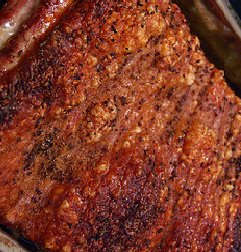Wanting to eat healthy, FODMAP friendly and quick’n’easy is not an easy task. Added to this my daughter is now a vegetarian, so I am looking for some meals during the week that we can all share together. Vegetarian, FODMAP, Gluten Free, Lactose Free, healthful – a somewhat challenging mix of requirements!
This recipe is super easy with a few ingredients that can be mixed and matched based upon what you have in the fridge. The key to getting this done quickly is a good blender – I use a Vitamix clone that I bought from Kogan – and a microwave steamer.
This is best server with either some gluten free toast or croutons.
Ingredients
- 3 medium potatoes
- 1 head of broccoli
- 1 carrot
- 150g lactose free cream cheese
- 100ml lactose free milk (full or semi skim)
- 3 teaspoons vegetable stock powder
- half teaspoon garam masala
- 1 litre boiling water
Method
- Cut potato and carrot into slices and steam in microwave for 5 minutes. My steamer has a white plastic grill that sits at the bottom of the container. You place boiling water in the container so that it does not lap over this and place lid on with the vent open.
- Roughly chop up broccoli. You can include much of the stem – as long as it is cut reasonably thinly – just cut off the base and discard.
- Remove potato and carrot from steamer and place in blender jug.
- Use same steamer to steam broccoli for 3 minutes.
- Add broccoli, milk, cream cheese, stock, garam masala and about 500ml of boiling water to the jug and blend until smooth and even.
- Check for consistency and taste and add more water if required, blending again.
- Serve with toast and some black pepper.
